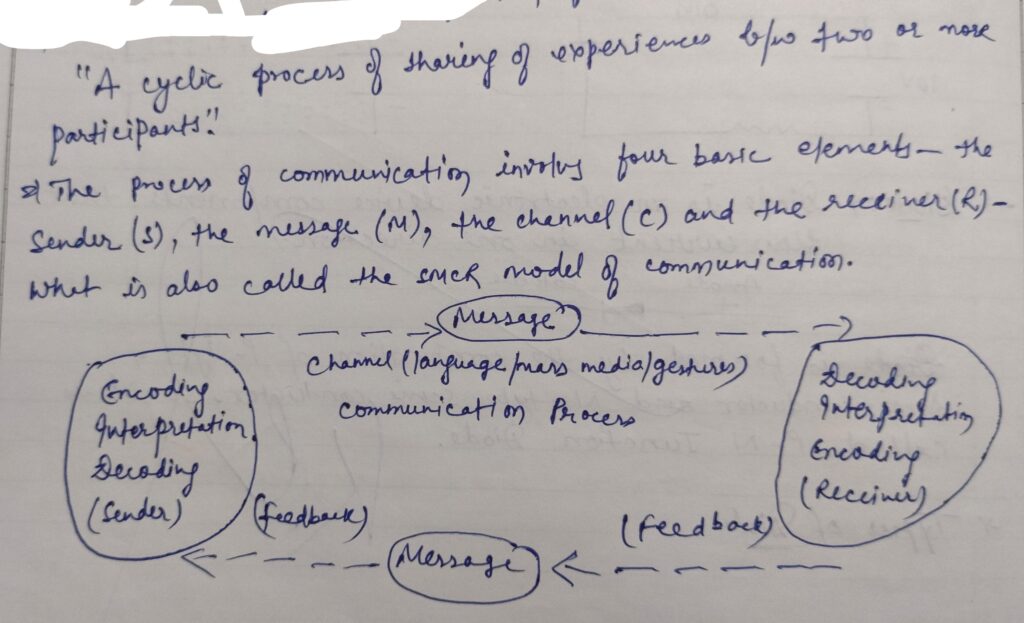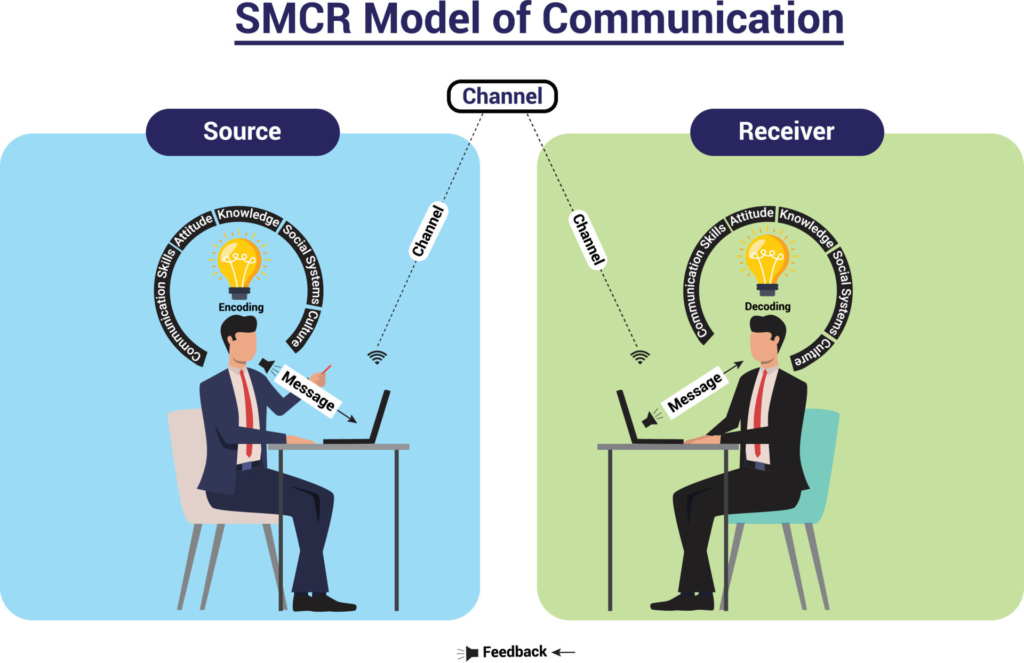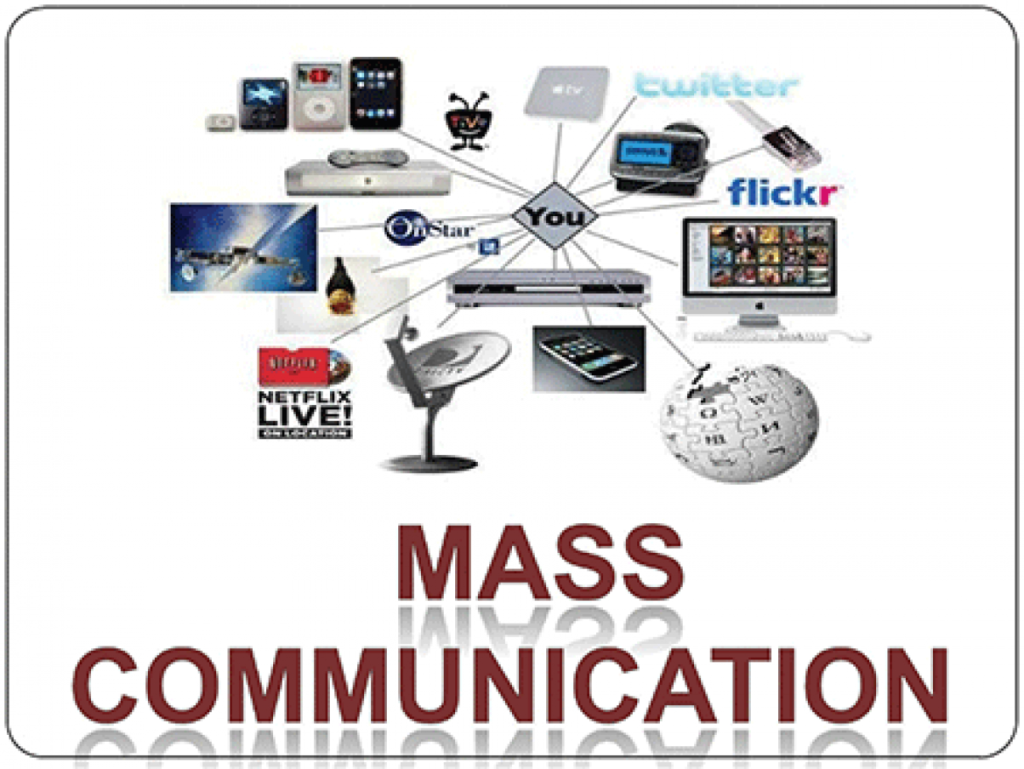Mass Communication and types .
Mass Communication

“Communication”, the word derived from the Latin word “communis” which means to make common.

A/Q to Denis McQuail, Mass Communication Theory “defined communication as:- The process that increase commonality but also requires elements of commonality to occur at all.

According to Western Political Scientist, Harold Lasswell(1948) described communication as “who says what in which channel to whom with what effect?”
According to John C. Merrill and Ralph L. Lowenstein, communication is:- “A meeting of minds, a bringing about of a common set of symbols in the mind of participants – in short, an understanding.”
The process of communication involves four basic elements – the sender(S), the message(M), the channel (C), and the receiver(R)- what is also called the SMCR

model of communication. David barlo’s In 1960, Berlo expanded the linear transmission model with the sender-message-channel-receiver (SMCR) model of communication.[

There are 4 or 5 basic forms of communication:-

(1) Intrapersonal Communication – It means talking to one self.
Introspection is an example or writing an email and not posting it as an example, writing diary entries is an example.

(2) Interpersonal Communication – It means talking between two people.
Also this is the most effective kind of communication because the feedback is direct and instantaneous.

(3) Group Communication – Which can be a small group of communication, for example – a group of five to ten people or a large group of communication like addressing an audience of sixty or hundred or a few hundred, so this group communication is characterized by slightly delayed feedback because at the same point of time one is not able to receive the feedback from all the people who have received the communication.

(4) Mass Communication – It is the communication which takes place between heterogeneous audiences, so there are certain characteristics, there is one mass media which will at the same time reach heterogeneous masses, faceless fass and nobody will know how many people have received that communication.

( 5). The transpersonal has been defined as experiences in which the sense of identity or self extends beyond (trans) the individual or personal to encompass wider aspects of humankind, life, psyche or cosmos. On the other hand, transpersonal practices are those structured activities that focus on inducing transpersonal experiences.
Written by Rajat Ranjan
Source:-1. IGNOU eGyankosh , wikipedia
2. Dr Shikha Rai
Nice